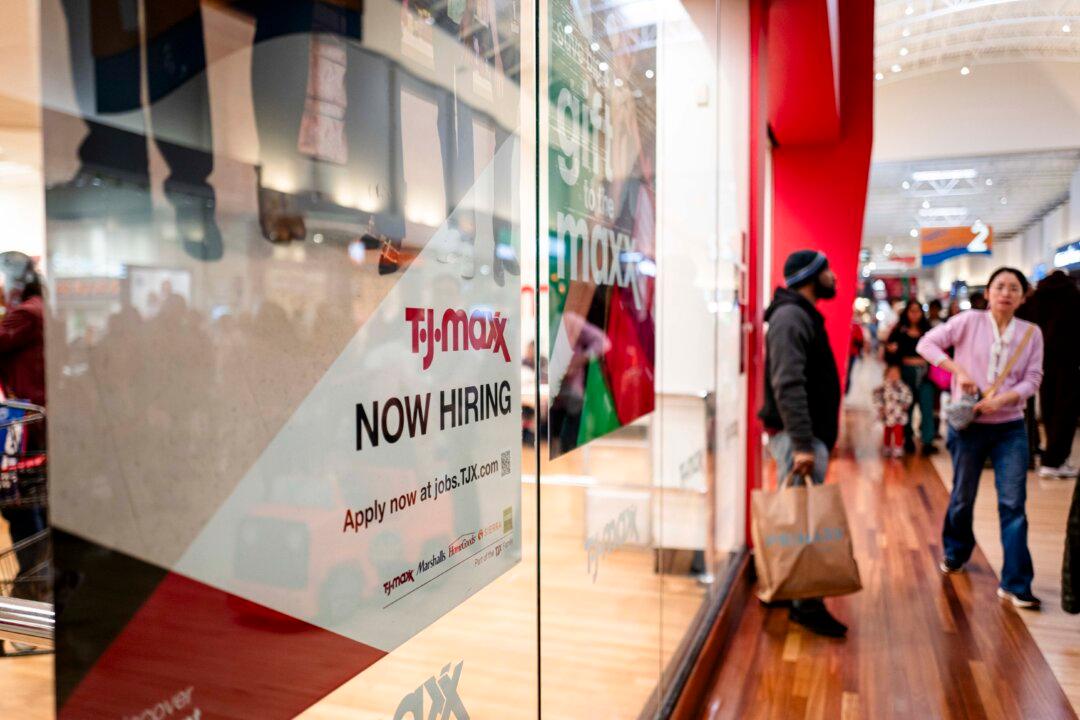President Joe Biden has made manufacturing a centerpiece of his administration’s initiative to build a green energy economy, touting investments that the White House has put forward to resuscitate towns that were “shadows of what they used to be.”
Supporters say that the president’s efforts to revive the manufacturing sector appear to be working as taxpayer-funded investments in new domestic manufacturing projects have accelerated. Since the passage of the Inflation Reduction Act and the CHIPS and Science Act, which extend billions of dollars in subsidies to the private sector, companies have committed an estimated $200 billion to manufacturing endeavors.





